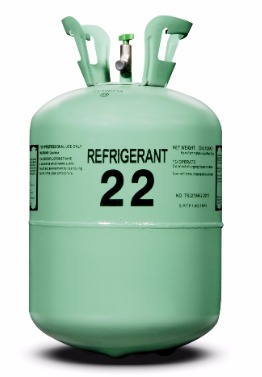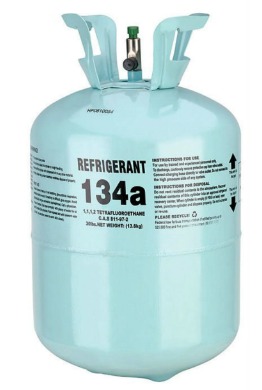EPA MAINTENANCE AND LEAK REPAIR REQUIREMENTS NO LONGER APPLY TO SUBSTITUTE REFRIGERANTS
September 14, 2020


BY STEVE BECKMAN
In November 2016, EPA promulgated a major revision to its Ozone Depleting Substance (ODS) regulations which, among other things, extended the applicability of its maintenance and leak repair requirements to appliances containing “substitute refrigerants” such as R-134a, R-404A, R-410A, and other hydrofluorocarbons (HFCs),. On February 26, 2020, EPA promulgated a final rule rescinding the applicability of the leak repair requirements to substitute refrigerants. Effective April 10, 2020, appliances with 50 or more pounds of substitute refrigerants are no longer subject to the requirements at 40 CFR 82.157, including:
- Repairing appliances that leak above a certain level and conducting verification tests on repairs;
- Periodically inspecting for leaks;
- Reporting chronically leaking appliances to the EPA;
- Retrofitting or retiring appliances that are not repaired; and
- Maintaining related records.
Importantly, the new rule does not rescind the other refrigerant management provisions that were extended to non-ozone depleting refrigerants, including:
- Anyone purchasing refrigerant for use in a stationary appliance or handling refrigerants (such as air-conditioning and refrigeration service technicians) must be section 608-certified;
- Anyone removing refrigerant from a refrigeration or air-conditioning appliance must evacuate refrigerant to a set level using certified refrigerant recovery equipment before servicing or disposing of the appliance;
- The final disposer (such as scrap recyclers or landfills) of small appliances, like refrigerators and window air conditioners, must ensure and document that refrigerant is recovered; and
- All used refrigerant must be reclaimed to industry purity standards before it can be sold to another appliance owner.
Expanded maintenance, leak repair and recordkeeping requirements applicable to appliances containing 50- pounds or more of a Class I or Class II refrigerant under the February 2016 rule also remain in effect, including:
- Lower leak rate thresholds that trigger the duty to repair equipment containing 50 or more pounds of refrigerant;
- Required quarterly/annual leak inspections or continuous monitoring devices for equipment that has exceeded the threshold leak rate;
- Requirement for owners/operators to submit reports to EPA if systems containing 50 or more pounds of refrigerant leak 125% or more of their full charge in one calendar year;
- Extension of the sales restriction to HFCs and other non-exempt substitutes; and
- Requirement for technicians to keep a record of refrigerant recovered during system disposal from systems with a charge size from 5–50 lbs.
If you have questions or need assistance in complying with ozone depleting substance requirements, contact Steve Beckman at GS Consulting, LLC: sbeckman@gs-legal.com #EHS #Compliance, #Refrigerants, #Ozone